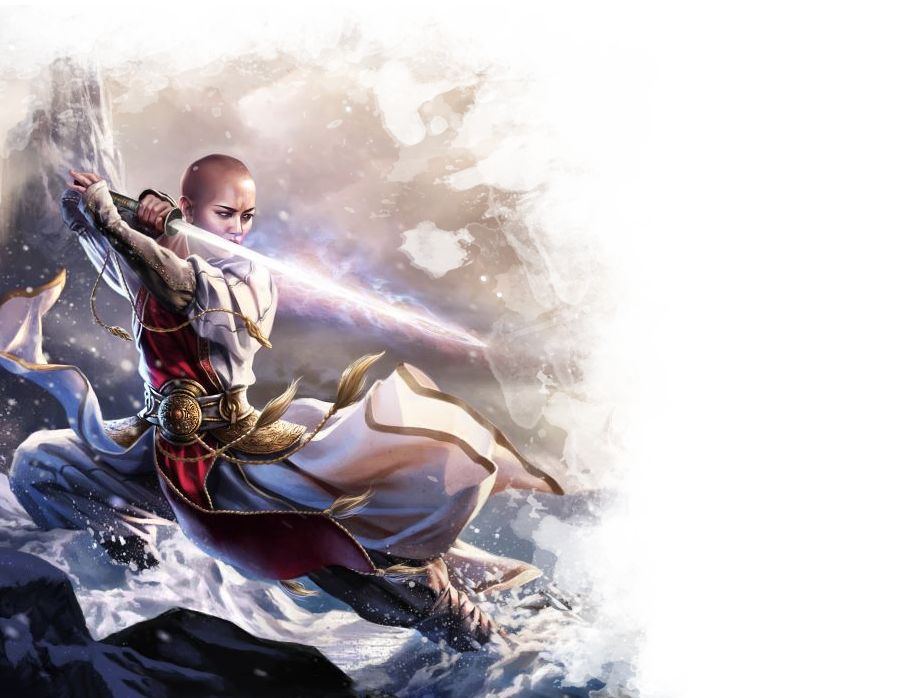

RELATED: Dungeons & Dragons: All Official Rogue Subclasses, Rankedīonus saving throw proficiencies, free or improved Darkvision, and imposing disadvantage on enemies are all solid features of this subclass. Gloom Stalker breaks the trend by turning the Ranger class into an actually pretty good option for sneaky players, so if you want a Ranger and a Rogue, this is your ideal Conclave. There are a number of subclasses that try to make classes into Rogue-equivalents, each more terrible than the last.

Fighting Styles: Blind Fighting, Two-Weapon Fighting.Main Benefit: Darkvision, regardless of your race.In addition, most of your abilities are only able to be used once every short rest, which means you might be joining your party’s Warlock or Wizard in begging the DM to let you take a break. The downside of this subclass is that your extra spell options are situational or dependent on saving throws that you probably don’t have the Wisdom score to back up. You also get an ability that is basically a worse counterspell, which is still useful for a mostly martial character. Slayer’s Prey grants extra damage that stacks with Hunter’s Mark, bonuses to saving throws and escaping grapples, and counterattacks that can result in automatic saves. It’s less customizable, but you get some extra spells, the ability to takes an action to analyze your enemies’ strengths and weaknesses, and many abilities centered around a feature called Slayer’s Prey. Monster Slayer takes the vanilla ranger theme of the Hunter and makes it better. Fighting Styles: Defense, Blind Fighting.Main Benefit: Similar to the original Hunter build but with more spells and specialized abilities.It's important to remember that you have a very special animal companion that shares a supernatural link to you and is also 100% killable. You can get a new one if you have enough time. Unlike a wizard’s familiar, it can really die. Most of your abilities are centered around making your pet stronger, so unlike a wizard’s familiar, it becomes an extra mini party member. RELATED: Dungeons & Dragons: All Official Monk Subclasses, Ranked Blood hawks are also useful if you want the utility of a good aerial scout, and ponies can serve as mounts if you are a small creature like a halfling or goblin. If your favorite animal is a flying snake, giant badger, giant frog, giant poisonous snake, giant wolf spider, Pteranodon, or wolf, you’re in luck.

Unfortunately, only a few of them are good.

Rangers of the Beast Master Conclave get to choose from any animal of challenge rating ¼ or lower and size medium or smaller, which means you have a lot of options. The gimmick for the Beast Master is that you have a pet. Fighting Styles: Archery, Druidic Warrior.Main Benefit: This subclass gets an animal companion.Sometimes just a few extra spells and abilities can vastly improve a Ranger and their role in the party. Rogues, Monks, and Clerics fare especially well in this regard since they share the same primary ability scores, and if you're playing a Human, there's also the dual-class option to consider. As a class that can both heal their friends and deals ample damage, with high scores in Wisdom and Dexterity, the Ranger is also showing a lot of promise as a multiclass option. Updated on July 25, 2021, by Kristy Ambrose: The list of Ranger subclasses has grown longer with homebrews and supplemental D&D resources, and the class is getting more attention than ever before. They often function as damage in a party but can also be a support healer and defender, so we've changed our list accordingly and ranked them from worst to best. There's a Fighting Style that Rangers can choose in addition to a number of Feats, Skills, and their Ranger Conclave, or subclass. The further development of D&D and new subclasses have made the Ranger much more viable class in their own right. RELATED: Dungeons & Dragons: The Best Feats For A Ranger That means that you have to choose your subclass wisely. In the original Player’s Handbook they were underpowered and underappreciated, a jack of all trades but master of none. Rangers have had a rough time in Dungeons & Dragons, as they're similar to a Druid but without the same cool powers and fewer healing options. The class was inspired by the characters of the same name in the Lord of the Rings novels, the same mysterious company that covertly guarded the wild borders of Gondor and trained none other than Aragorn son of Arathorn. Rangers have an interesting history when it comes to the fantasy genre.


 0 kommentar(er)
0 kommentar(er)
